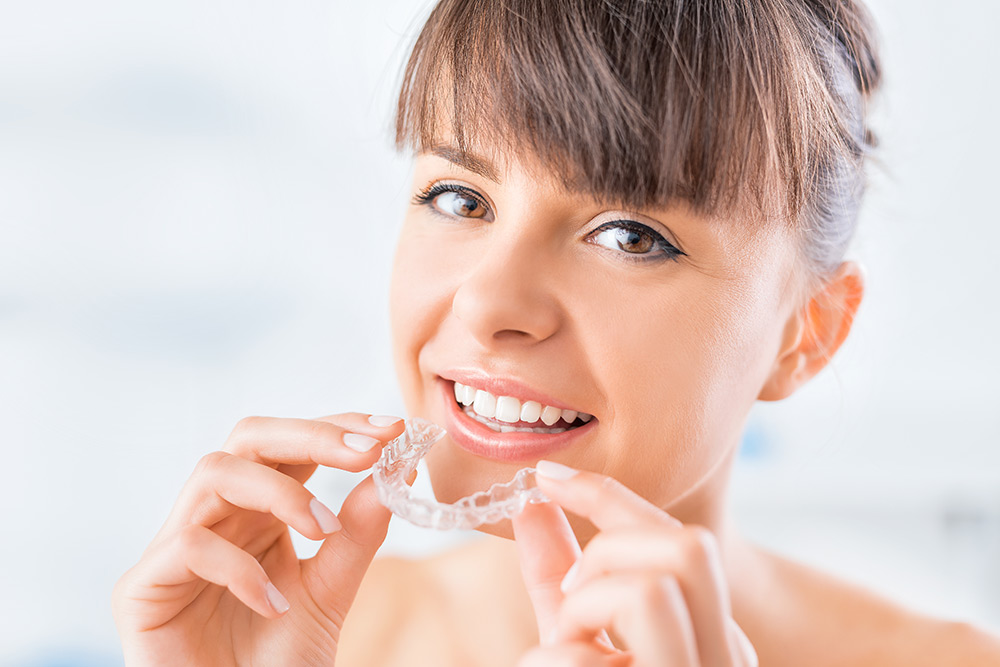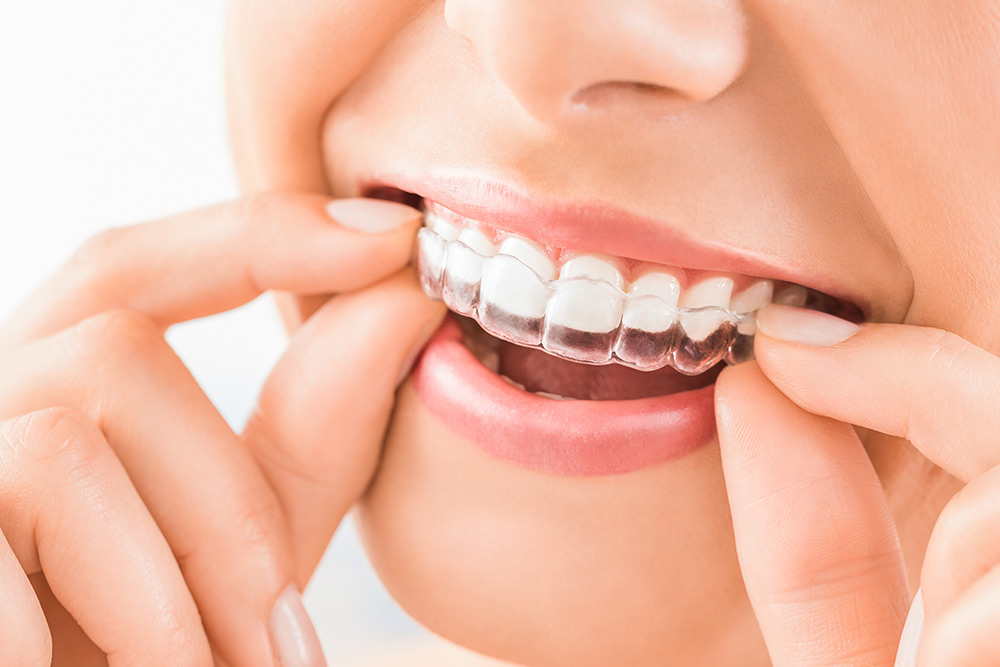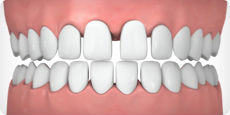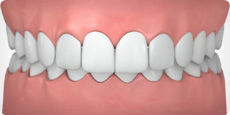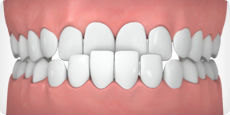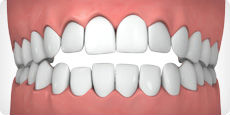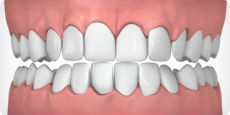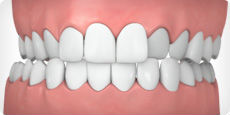Smile Transformation Made Easy
Discover a new era of orthodontic care at Hickman Family Dental, where we take pride in offering remarkable Invisalign treatment. As a leader in modern dentistry, our Urbandale, IA dentists understand the importance of providing our patients with innovative solutions that prioritize both aesthetics and functionality. Invisalign’s state-of-the-art clear aligner system has redefined teeth straightening, offering a virtually invisible and comfortable alternative to traditional braces. Our team at Hickman Family Dental is excited to introduce you to the benefits of Invisalign, guiding you on a journey toward a beautifully aligned smile and improved oral well-being.

